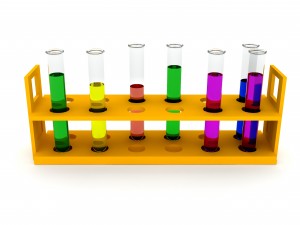Autism Biomarker Candidates
Metabolite concentrations
In a 2004 study, researchers assessed metabolism as a biomarker for autism.1 Because the metabolism of amino acids (the basic units of proteins) methionine and homocysteine has been associated with other neurological disorders, the researchers evaluated the plasma concentrations of metabolites from methionine and homocysteine metabolism in 20 children with autism and 33 controls. The researchers found a significant difference in the concentration of metabolites in the plasma between children with autism and neurotypical children.
An important factor in this study is that 19 of the 20 children with autism were diagnosed with regressive autism (normal development with regression into autism beginning at between 1 and 3 years of age). The potential use of metabolite biomarkers for ASD may therefore be limited to a narrow section of the ASD spectrum. In addition, the sample size was too small to draw any conclusions or make any recommendations.
| References: |
|


